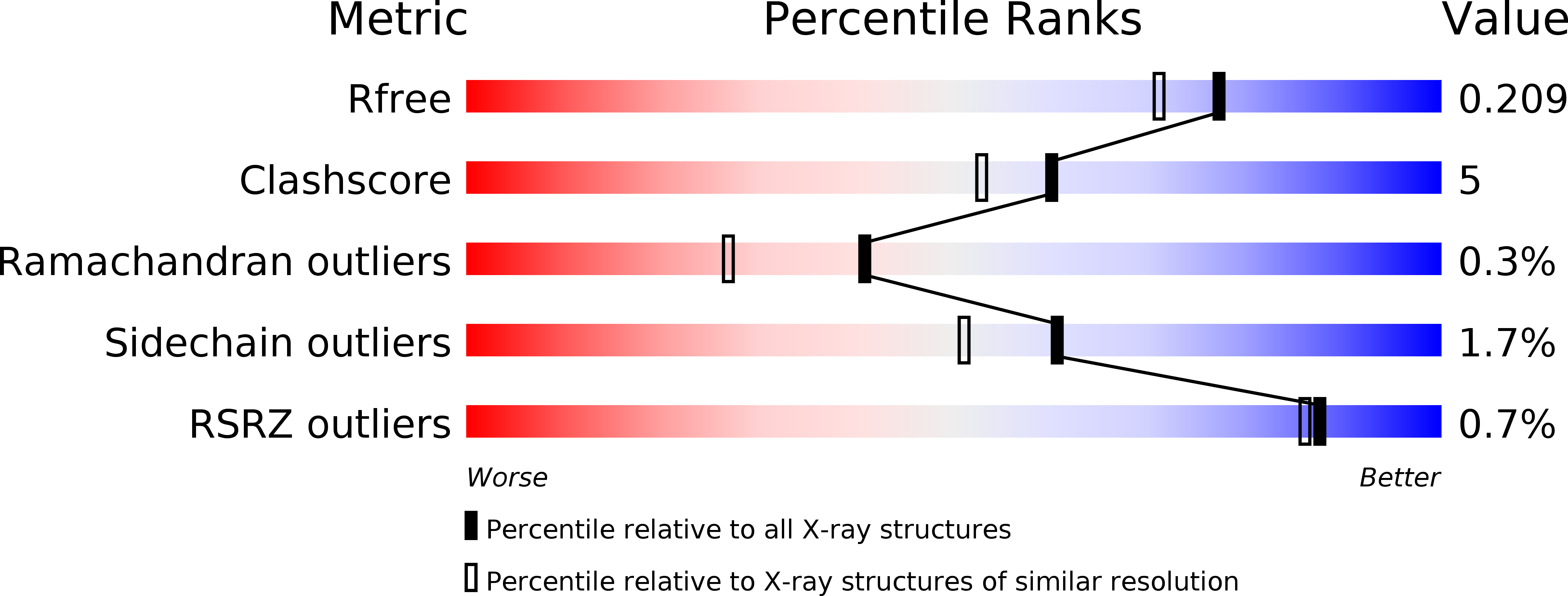
Deposition Date
2004-11-30
Release Date
2005-04-04
Last Version Date
2024-11-06
Entry Detail
PDB ID:
2BER
Keywords:
Title:
Y370G Active Site Mutant of the Sialidase from Micromonospora viridifaciens in complex with beta-Neu5Ac (sialic acid).
Biological Source:
Source Organism:
MICROMONOSPORA VIRIDIFACIENS (Taxon ID: 1881)
Host Organism:
Method Details:
Experimental Method:
Resolution:
1.80 Å
R-Value Free:
0.19
R-Value Work:
0.14
R-Value Observed:
0.14
Space Group:
P 1 21 1


